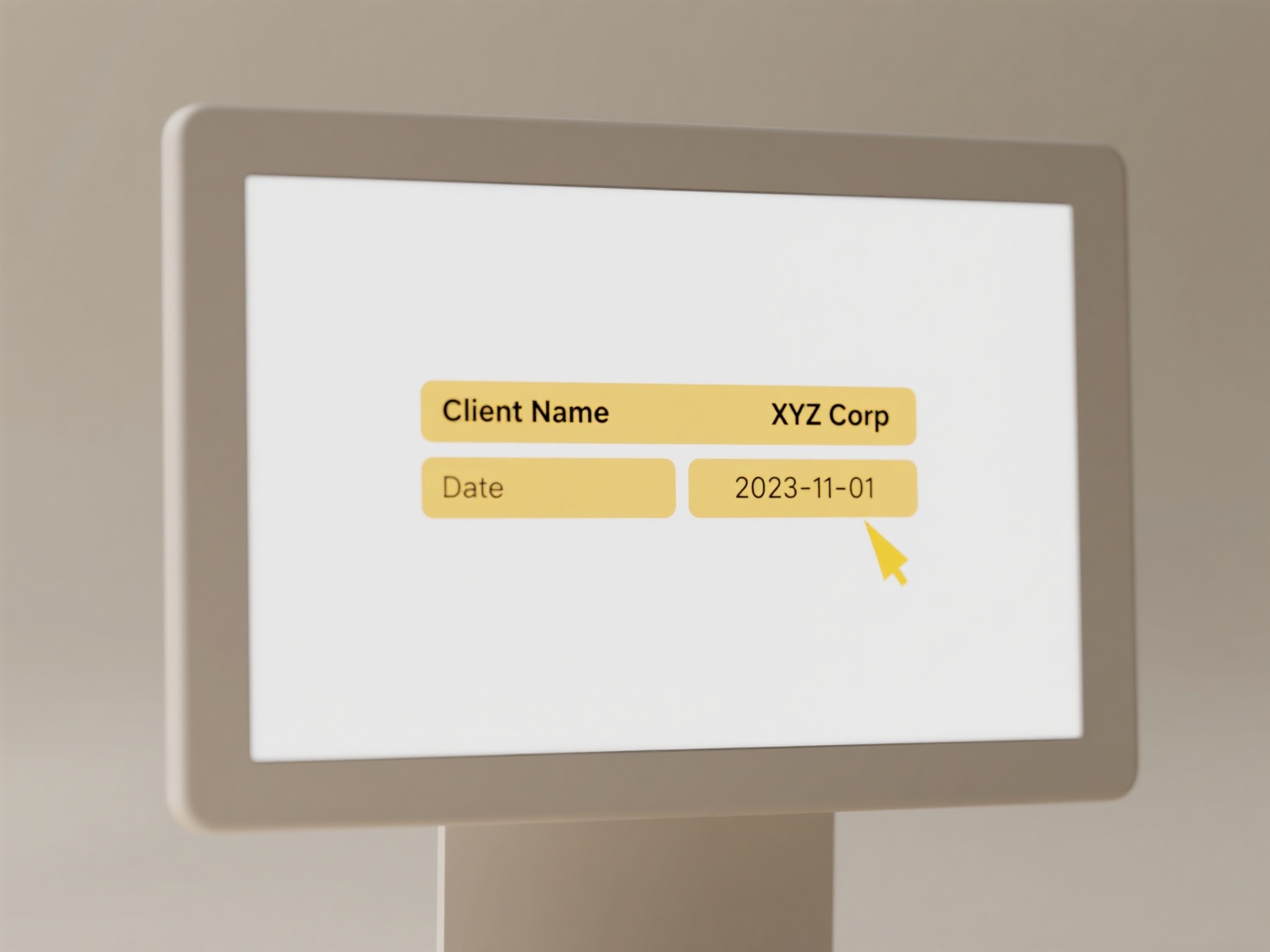
Office file formats like Word (.docx), Excel (.xlsx), and PowerPoint (.pptx) are commonly used for documents, spreadsheets, and presentations. Mobile apps can open these files, allowing you to view, edit, and create them directly on smartphones and tablets, regardless of whether you use Android or iOS. These apps differ from desktop software primarily in their simplified interfaces optimized for touchscreens, yet they retain core functionality for working with standard Office document formats.

Popular options include official apps like Microsoft Word, Excel, and PowerPoint (Android/iOS) offering deep integration with Microsoft 365 services. Google's suite (Docs, Sheets, Slides - Android/iOS) seamlessly handles Office files too, storing them in Google Drive. Cross-platform apps like WPS Office and Apple's own Pages, Numbers, and Keynote (iOS) also provide robust support. Many file manager and cloud storage apps (e.g., Dropbox, OneDrive) have built-in viewers for these formats.
These apps offer significant convenience for on-the-go work. Key advantages include free basic functionality (often requiring subscriptions like Microsoft 365 for premium features) and widespread accessibility. Limitations involve potential formatting differences with complex documents and less advanced tools compared to desktop counterparts. Privacy is important; using reputable apps helps secure sensitive document data. Future development focuses on improving real-time collaboration features for mobile workforces.
What apps can open Office files on mobile?
Office file formats like Word (.docx), Excel (.xlsx), and PowerPoint (.pptx) are commonly used for documents, spreadsheets, and presentations. Mobile apps can open these files, allowing you to view, edit, and create them directly on smartphones and tablets, regardless of whether you use Android or iOS. These apps differ from desktop software primarily in their simplified interfaces optimized for touchscreens, yet they retain core functionality for working with standard Office document formats.

Popular options include official apps like Microsoft Word, Excel, and PowerPoint (Android/iOS) offering deep integration with Microsoft 365 services. Google's suite (Docs, Sheets, Slides - Android/iOS) seamlessly handles Office files too, storing them in Google Drive. Cross-platform apps like WPS Office and Apple's own Pages, Numbers, and Keynote (iOS) also provide robust support. Many file manager and cloud storage apps (e.g., Dropbox, OneDrive) have built-in viewers for these formats.
These apps offer significant convenience for on-the-go work. Key advantages include free basic functionality (often requiring subscriptions like Microsoft 365 for premium features) and widespread accessibility. Limitations involve potential formatting differences with complex documents and less advanced tools compared to desktop counterparts. Privacy is important; using reputable apps helps secure sensitive document data. Future development focuses on improving real-time collaboration features for mobile workforces.
Related Recommendations
Quick Article Links
What software supports drag-and-drop with automatic sorting rules?
What software supports drag-and-drop with automatic sorting rules? Many applications offer basic drag-and-drop functio...
Can copying from phone to PC create duplicates?
Copying files from your phone to a PC involves creating a new, separate instance of each file on the computer. This inhe...
Can I use dots (.) in the middle of a file name?
Dots (.) are valid characters within most modern file names across Windows, macOS, and Linux systems. While a dot is typ...